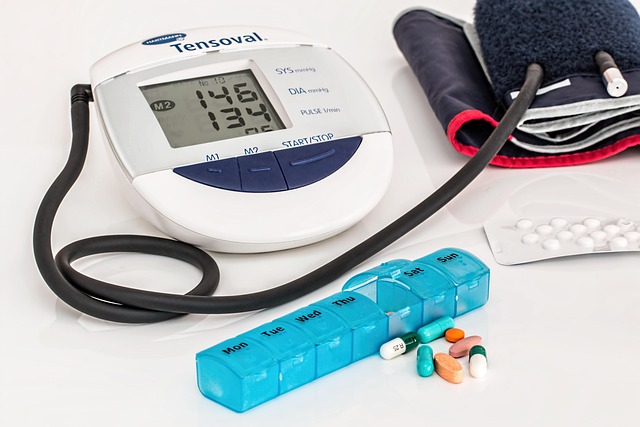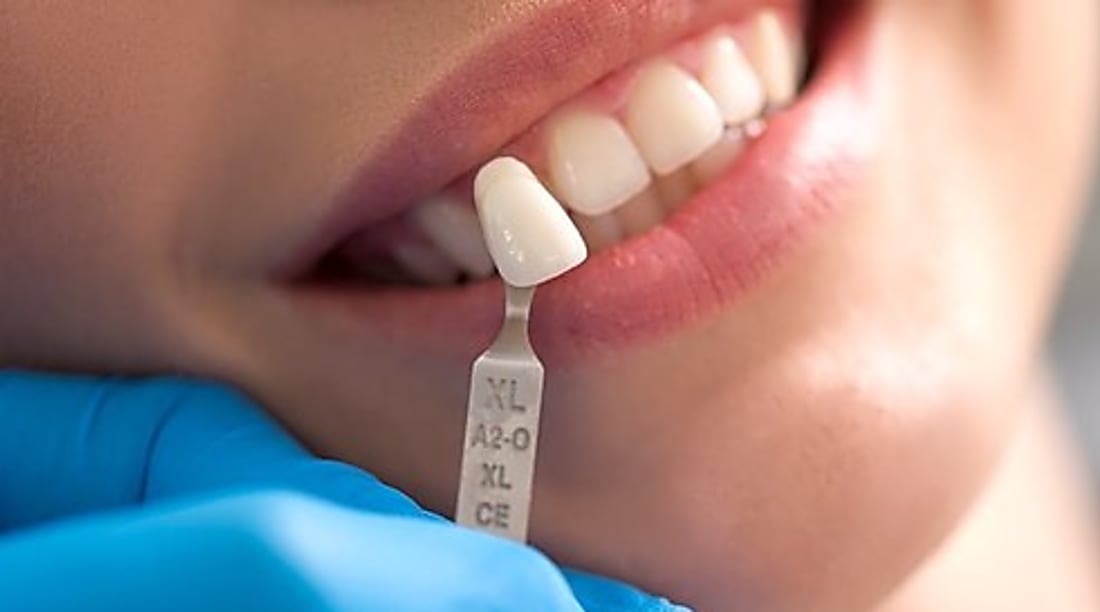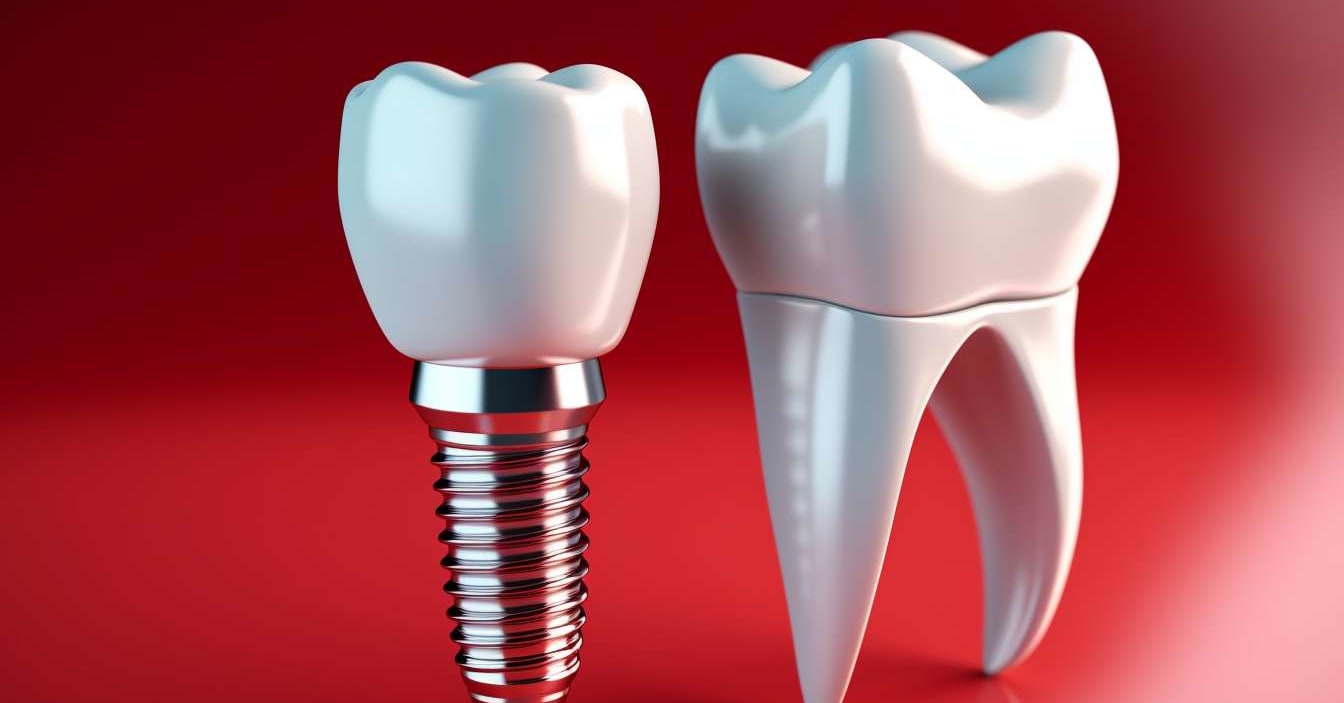Understanding High Blood Pressure: Causes, Risks, and Healthy Management
High blood pressure, often called the “silent” condition, can quietly affect your health for years without obvious signs. Understanding what it is, how it develops, and the impact it can have on your heart, brain, and overall well-being is the first step to taking control. This article explores proven lifestyle habits, medical insights, and practical tips to help you manage your blood pressure and support a healthier future.

Understanding Blood Pressure Readings and What They Mean
Blood pressure readings consist of two numbers: systolic (the top number) and diastolic (the bottom number) measured in millimeters of mercury (mmHg). Normal blood pressure falls below 120/80 mmHg. Readings between 120-129 systolic and less than 80 diastolic indicate elevated blood pressure. Hypertension Stage 1 ranges from 130-139 systolic or 80-89 diastolic, while Stage 2 is 140/90 mmHg or higher. Readings above 180/120 mmHg indicate a hypertensive crisis requiring immediate medical attention.
Regular monitoring is crucial since blood pressure naturally fluctuates throughout the day. A single high reading doesn’t necessarily mean you have hypertension, but consistent elevations warrant medical attention. Home monitoring devices can help track patterns, though they should be calibrated regularly for accuracy. Many people experience “white coat hypertension,” where readings are higher in medical settings due to anxiety, making home monitoring particularly valuable.
Common Risk Factors for High Blood Pressure
Several factors increase your likelihood of developing hypertension. Some you cannot control, like age (risk increases after 65), family history, and race (African Americans develop hypertension at higher rates and earlier ages). However, many risk factors are modifiable through lifestyle choices.
Being overweight or obese forces your heart to work harder to pump blood throughout your body. Physical inactivity contributes to higher heart rates and stronger heart contractions, increasing pressure on arteries. Dietary choices play a significant role—excessive sodium causes water retention that increases blood volume and pressure, while insufficient potassium fails to balance sodium’s effects. Tobacco use damages artery walls, while alcohol consumption can raise blood pressure when consumed in excess. Chronic stress triggers hormones that temporarily increase blood pressure and may lead to unhealthy coping mechanisms like overeating or drinking alcohol.
High Blood Pressure Prevention Tips
Prevention begins with awareness and regular monitoring. Adults should have their blood pressure checked at least annually, or more frequently if they have risk factors. Maintaining a healthy weight significantly impacts blood pressure—even modest weight loss of 5-10 pounds can make a difference.
Regular physical activity strengthens your heart, lowering the effort needed to pump blood. Aim for at least 150 minutes of moderate-intensity exercise weekly, such as brisk walking, swimming, or cycling. Start gradually and find activities you enjoy to maintain consistency. Limit sodium to under 2,300mg daily (about one teaspoon of salt), reading food labels carefully as processed foods often contain hidden sodium. The DASH (Dietary Approaches to Stop Hypertension) diet emphasizes fruits, vegetables, whole grains, and lean proteins while limiting sodium, saturated fats, and added sugars.
Managing stress through mindfulness, meditation, adequate sleep, or enjoyable activities helps prevent temporary blood pressure spikes from becoming chronic issues. Limiting alcohol to moderate levels (one drink daily for women, two for men) and avoiding tobacco in all forms are crucial prevention strategies, as smoking immediately raises blood pressure and heart rate.
Lifestyle Changes to Reduce Hypertension
For those already diagnosed with high blood pressure, specific lifestyle modifications can effectively lower readings and reduce medication dependence. The DASH diet has been specifically designed to combat hypertension, with studies showing it can reduce systolic pressure by 8-14 points. This eating pattern emphasizes potassium-rich foods like bananas, potatoes, avocados, and leafy greens that help counterbalance sodium’s effects.
Weight management becomes particularly important once diagnosed. Each kilogram (2.2 pounds) of weight loss has been associated with approximately 1 mmHg drop in blood pressure. Creating a modest calorie deficit through both diet and exercise tends to be more sustainable than extreme approaches.
Regular physical activity not only helps with weight management but can independently lower systolic blood pressure by 4-9 mmHg. Both aerobic exercise and strength training provide benefits, with consistency being more important than intensity. Even short activity sessions throughout the day can improve cardiovascular health when sustained over time.
Natural Ways to Support Healthy Blood Pressure
While medication may be necessary for many with hypertension, several natural approaches can complement treatment plans. Increasing potassium-rich foods (unless contraindicated by kidney disease) helps balance sodium’s effects. Dark chocolate containing at least 70% cocoa contains flavonoids that may improve blood vessel elasticity, though moderation is key due to caloric content.
Reducing caffeine intake can help sensitive individuals who experience blood pressure spikes after consumption. Some herbal supplements show promise in supporting healthy blood pressure, including aged garlic extract, whey protein, and hibiscus tea, though results vary among individuals. Always consult healthcare providers before beginning any supplement regimen, especially if taking blood pressure medications.
Adequate sleep (7-9 hours nightly) and stress management techniques like deep breathing, meditation, yoga, or tai chi can significantly impact blood pressure. Breathing exercises that slow respiration to fewer than 10 breaths per minute have shown particular promise in several studies, helping activate the parasympathetic nervous system that induces relaxation.
Understanding the Long-Term Health Impacts of Uncontrolled Hypertension
Untreated high blood pressure can damage nearly every organ system. The heart must work harder against increased resistance, leading to thickened heart muscle (left ventricular hypertrophy) and eventual heart failure. Arteries throughout the body become less elastic and more vulnerable to blockages, increasing stroke and heart attack risk.
Kidney damage occurs as tiny blood vessels within filtering units narrow and weaken, potentially leading to kidney failure. Vision can be affected through damaged blood vessels in the eyes. Even cognitive function may decline faster in those with poorly controlled hypertension, with studies showing links between high blood pressure and dementia risk.
The good news is that each 10 mmHg reduction in systolic blood pressure correlates with a 20% decrease in major cardiovascular events. This makes consistent management through lifestyle changes, regular monitoring, and prescribed medications critically important for long-term health outcomes.
High blood pressure may be common, but it doesn’t have to be inevitable. Through understanding, prevention, and proper management, most people can maintain healthy blood pressure levels and protect their cardiovascular system for decades to come.
This article is for informational purposes only and should not be considered medical advice. Please consult a qualified healthcare professional for personalized guidance and treatment.






